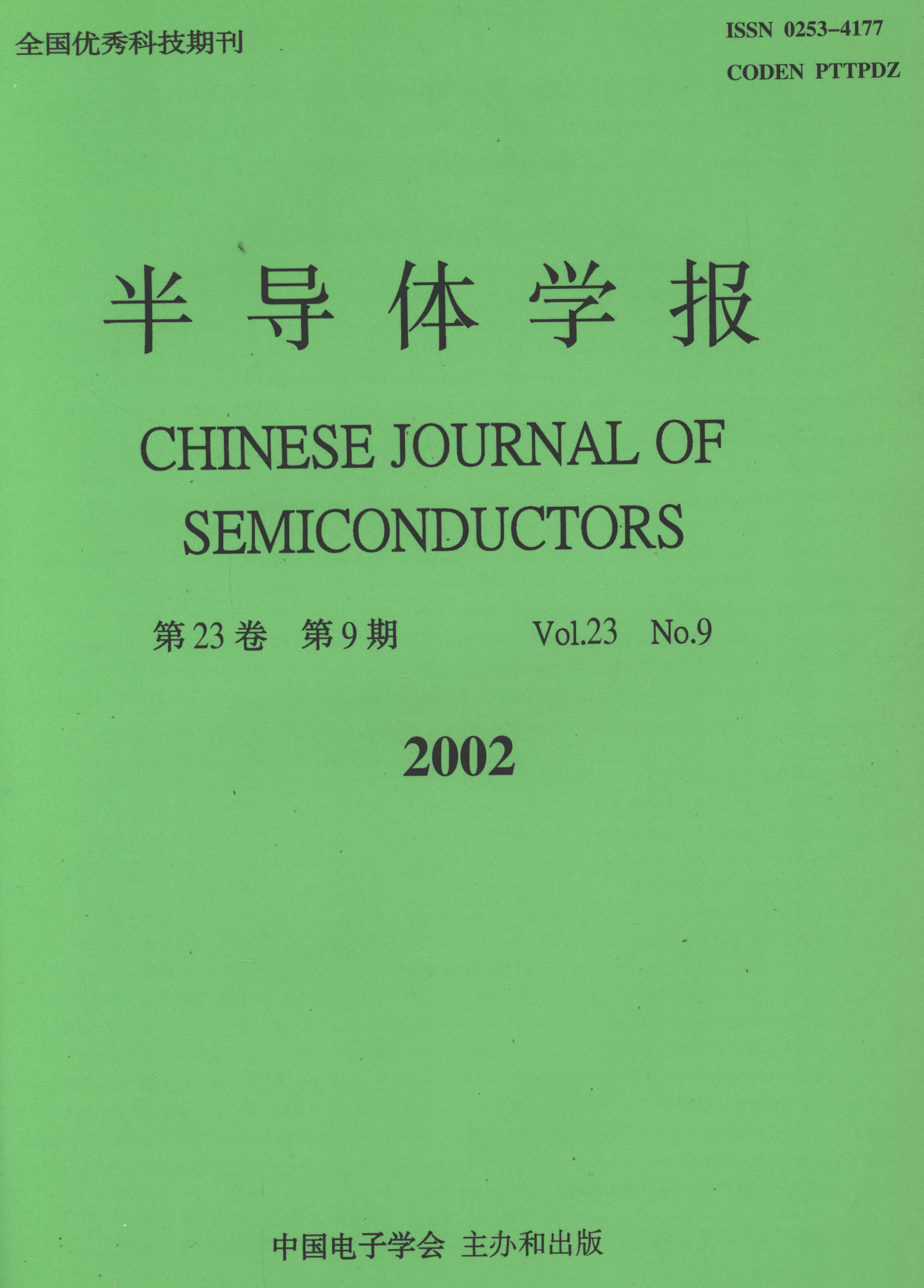Chin. J. Semicond.
2002, 23(9): 941-946
ZHANG Rui-ying, DONG Jie, ZHANG Jing, FENG Zhi-wei, WANG Wei. Theory Analysis for Semiconductor Optical Amplifier with Large 3dB Bandwidth[J]. Chin. Journal of Semiconductors, 2002, 23(9): 941.
Export: BibTex EndNote
Graded strained bulk like structure as semiconductor optical amplifier active region is proposed for the first time.Large band width and polarization insensitivity characteristics for such active structure are analyzed from the point of its gain spectra and energy band diagram.Graded tensile strain induced in the active structure is to enhance the TM mode material gain,obtain polarization insensitivity,expand the bandwidth for TE mode gain,and relax the limitation for the stripe width.Unstrained layer induced is primarily used to enhance the polarization insensitive mode gain and improve the active region crystal quality.
Graded strained bulk like structure as semiconductor optical amplifier active region is proposed for the first time.Large band width and polarization insensitivity characteristics for such active structure are analyzed from the point of its gain spectra and energy band diagram.Graded tensile strain induced in the active structure is to enhance the TM mode material gain,obtain polarization insensitivity,expand the bandwidth for TE mode gain,and relax the limitation for the stripe width.Unstrained layer induced is primarily used to enhance the polarization insensitive mode gain and improve the active region crystal quality.







